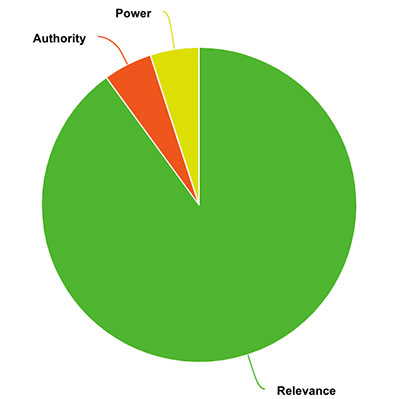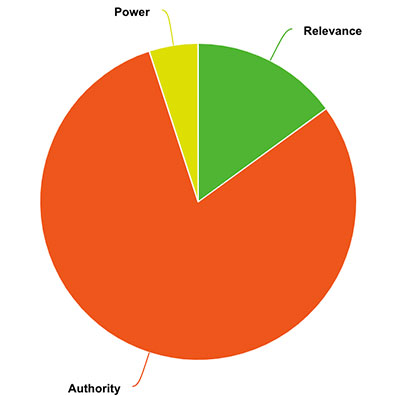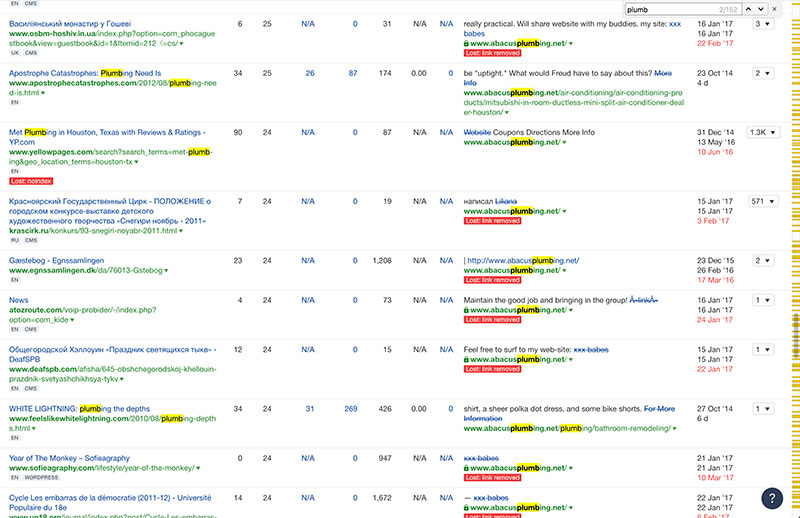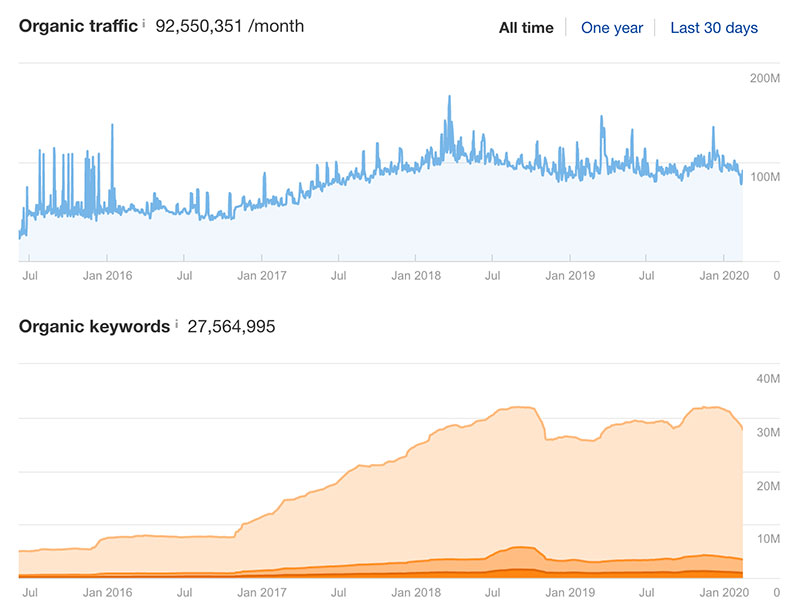What Makes a Quality
Backlink?
Everyone knows that backlinks are one of the major factors that make the SEO world go ’round, but there is often a great deal of misunderstanding when it comes to judging the quality of backlinks.
What makes a backlink a quality backlink? Which links are useful in helping to improve rankings?
This article will walk you through how we determine backlink quality based on our years of experience of building 1,000’s of links in almost every niche imaginable as well as clear up some common misconceptions when it comes to link evaluation.
Need Backlinks?
Join thousands of others who use our backlinks to power their sites and agencies.
The Holy Trinity of Link Quality
The main way to determine the quality of a link is by noting how much of the three factors of the Holy Trinity the backlink has.
The Holy Trinity includes relevance, authority, and power (we’ll be discussing each further).
The more of these things a link has, the better the link generally is. However, it’s a little more complicated than that.
First of all, a link doesn’t necessarily need to have high amounts of all three of these factors. For example, a link can be high on relevance but low on authority and power and still be a quality backlink.

Likewise, a link can be high on authority but low on relevance and power – this link can still provide tremendous benefit for your rankings.

You can think of these things on a sliding scale – the less of one factor the backlink has, the more you want it to have of the other factors.
In a perfect world, all of your links would have high amounts of all three factors. But that just isn’t possible (or natural). Natural sites get backlinks with wide discrepancies in the Holy Trinity, and most of these links play active roles in helping them rank. A site that only gets links with high relevance, power, and authority will be seen as unnatural and could be asking for trouble.
Second of all, there is more to judging the quality of backlinks than just the Holy Trinity (which we’ll also be getting to). This is a good way to simplify things to make quick judgements, but as you probably know by now, SEO is anything but simple.
Before we jump into these other factors, let’s first go a little deeper with the Holy Trinity of relevance, authority, and power.
Relevance
A link is relevant for your website if the on-page factors are related to whatever it is linking to, and relevance can be checked with a tool like Ahrefs.

In other words, if there are keywords or related keywords in the linking page’s domain, URL, SEO title, meta description, h tags, content, and anchor text which are the same as or related to what it’s linking to, it becomes more relevant for what it’s linking to.
For example, if a page that is well optimized for plumbing links to a local plumber’s website, this is a very relevant backlink for that website.
Keep in mind what we said before – if a backlink is low on relevance, you’ll want it to have more authority or power. If it’s high on relevance, you might not care how much authority or power it has.
Authority
The second part of the Holy Trinity is the authority of a backlink. Authority is a little more convoluted than relevance, but it’s generally determined by the overall strength of a domain’s backlink profile along with more obscure factors like trust.
An example of an extremely authoritative link would be from a site like CNN. They have a massive backlink profile and are seen as a very trustworthy source of information by Google.

With Ahrefs, the authority of a site is noted by its DR (Domain Rating). You can see that CNN has a very high DR (and also an insane amount of backlinks). You can check authority with other services like Moz’s DA, Majestic’s CF/TF, and so on.
Although none of these provide a perfect picture of websites’ authority, we generally stick with Ahrefs’ DR to make judgements as it seems more accurate and more difficult for SEOs to manipulate.
Just like the previous section, a high authority link that’s low on power and relevance can be great for you just as a backlink that’s low on authority but higher on relevance and power can be. Remember to think about the Holy Trinity on a sliding scale.
Power
Power is the most straightforward of the three metrics that comprise the Holy Trinity. A link’s power is determined by the amount of backlinks and the quality of the backlinks that are pointing page that the link is on.
Power is noted by UR (URL Rating) on Ahrefs and by PA on Moz.
If an article with 300 backlinks pointing to it then links to your site/page, you can pretty much guarantee that it’s a pretty powerful backlink.
A backlink that’s low on power but high on authority/relevance can still be a quality backlink. Just make sure you’re not getting only low power links, low authority links, or low relevance links.
Natural sites get a healthy mix of low/high for all three of these metrics – and so should you.
Traffic and Rankings
Two metrics that are worth mentioning are traffic and rankings.

If a linking page has either of these, it can be very beneficial to the link. That being said, they don’t seem to be quite as important as power, relevance, and authority.
A good example of a backlink that usually doesn’t have any traffic or rankings would be a PBN link… and we all know how much work PBN links can do for a site when used intelligently.
If you have the choice between two links with equal metrics, and one of them has traffic/rankings while the other doesn’t – take that one! But don’t write-off a backlink just because it’s low on these metrics.
White-Hat, Gray-Hat, Black-Hat
Contrary to what white-hat purists may scream at the top of their lungs from the moment they wake up every day, Google does not know the difference between a white-hat link and a black-hat link if you are following industry best-practices and safe link building techniques.
Of course there is more room for user error when building gray-hat and black-hat links, and the inexperienced or uninformed can land themselves in trouble in the form of penalties – algorithmic or manual.
But in the hands of a skilled SEO, that “hat” of a backlink has zero effect on its quality.
Price
In a perfect world, better links would always be more expensive and vice-versa. In the real world, this isn’t so much the case.
While you can generally safely assume that dirt-cheap backlinks are too good to be true, it doesn’t always work the same in the other direction.
Higher prices does not always mean higher quality when you are buying links.
This is because link vendors do not always have control over the pricing for the site your link is placed on. Prices for guest posts, for example, are set by the site owners. You will have to make your own judgement as for if the link is worth it for you.
